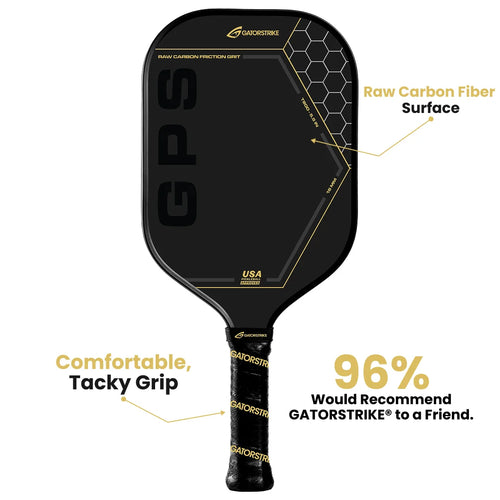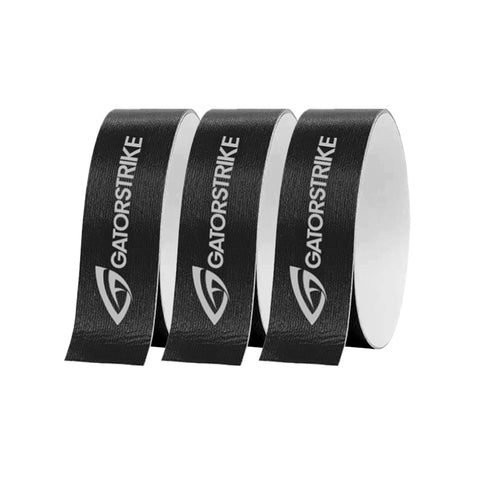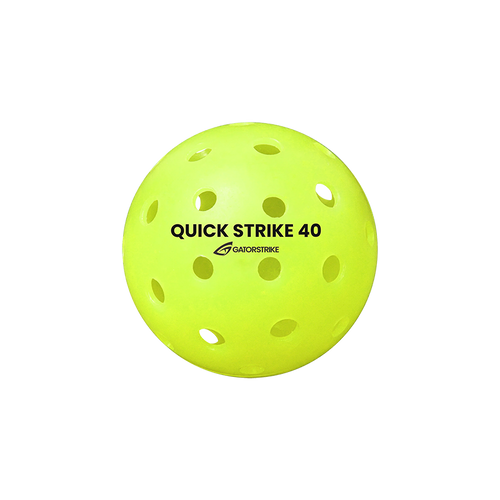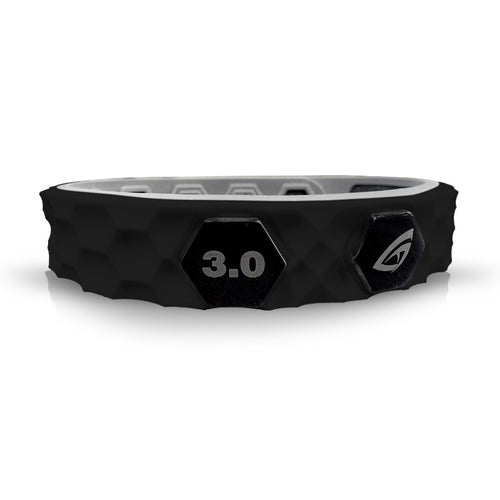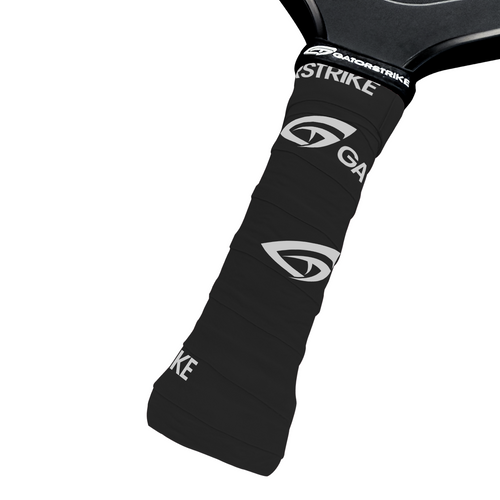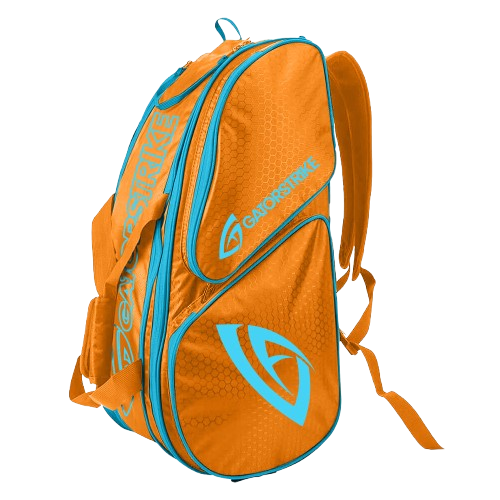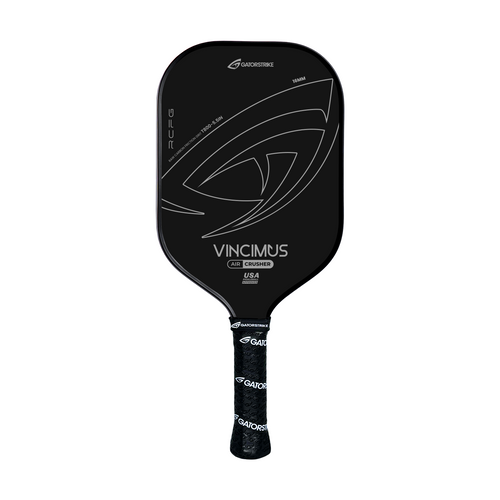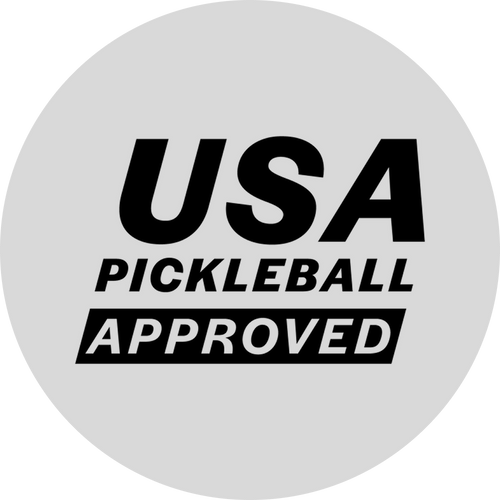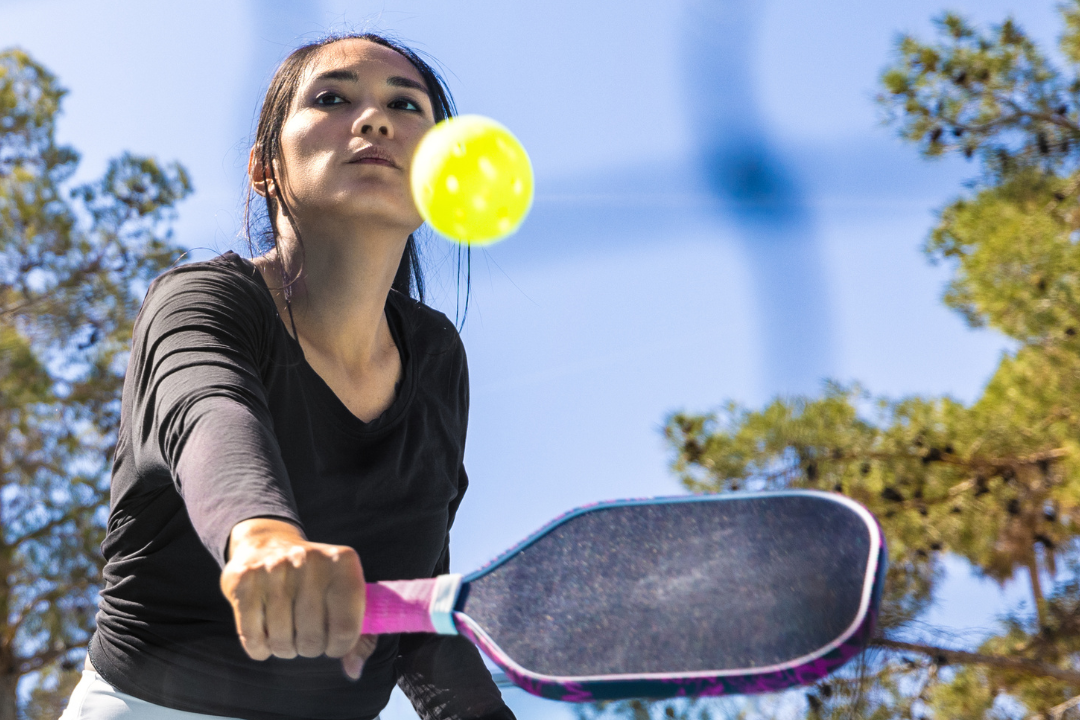
Precision Perfected: Mastering Pickleball’s Dink Technique
Share
In pickleball, power and speed dominate headlines, but finesse is the secret weapon that turns novice players into seasoned pros. The dink shot is the ultimate precision move in pickleball, demanding patience, touch, and strategic vision. When executed correctly, it disrupts an opponent’s rhythm and sets up opportunities to win points. This article takes you through a comprehensive understanding of the dink shot, unraveling why it’s essential, the nuances of perfecting it, and how to incorporate it seamlessly into your game.
Why the Dink Shot Matters
The dink shot is an underhand, soft shot that falls gently into the opponent’s non-volley zone (NVZ), or the “kitchen.” While it may seem less dynamic than a power shot, its subtlety forces opponents into challenging positions, making it one of the most effective defensive maneuvers.
The dink accomplishes two essential functions:
- Neutralizing Aggressive Opponents – When a player consistently dinks, it reduces the chances for the opponent to execute a powerful volley or smash.
- Setting Up Attacks – By lowering the pace and coaxing opponents forward, the dink can create opportunities for a counter-attack or a well-timed lob.
Mastering the Fundamentals of the Dink Shot
1. Grip and Stance
- Grip: A continental grip, where the paddle handle is held as if shaking hands with it, provides excellent control and helps maintain a soft touch.
- Stance: Stand with knees slightly bent, maintaining balance with weight on the balls of your feet. This stance allows for quicker lateral movements essential for controlling the dink game.
2. Paddle Position and Angle
- Keep the paddle in front of you and at knee level, maintaining an angle to make gentle, upward contact with the ball. A slightly open paddle face allows the ball to lift gently over the net with minimal effort.
- Focus on a short, controlled follow-through to maintain the precision of your shot.
3. Ball Contact and Height
- Aim to contact the ball at its lowest point just as it’s about to bounce up. This tactic allows for better control and reduces the chances of the ball floating too high, which would give your opponent an opportunity to attack.
4. Pacing and Patience
- Don’t rush your dink shot. Slow, deliberate movements are more effective, and a dink that lands low near the net keeps your opponent on their toes, forcing them to respond with caution.
Strategy: When and How to Use the Dink Shot
- Early Game Control: Begin by establishing control through dinking rallies. A consistent dink game signals to opponents that you’re steady and patient, putting them in a defensive mindset.
- Creating Off-Balance Opportunities: Dink cross-court to target weaker backhands or to draw your opponent out wide. This will expose openings in the center or create space for a strategic lob.
- Blending Power and Softness: Mix up the dink with an occasional hard shot or fast-paced volley. This variety keeps opponents guessing and destabilizes their rhythm.
Tips to Level Up Your Dink Game
- Practice Precision, Not Just Power – Set up a drill where you aim for specific spots in the NVZ to improve your accuracy.
- Stay Relaxed and Light on Your Feet – Tension in the arms and legs will interfere with your ability to execute a controlled dink shot.
- Play Against the Best – Testing your dink skills against better players is invaluable. It forces you to adapt, improving both reaction time and shot quality.
Common Pitfalls to Avoid
- Overhitting the Dink: Avoid applying excessive force. Remember, the purpose of the dink is to keep the ball low and controlled.
- Telegraphing Your Shot: Make your dink shots unpredictable by changing direction subtly. This keeps opponents guessing and disrupts their ability to predict your next move.
- Ignoring Foot Positioning: Your stance is as crucial as your paddle position. Failing to move into the ideal position may cause you to hit the ball too hard or too high.
Practice Drills for Dink Perfection
- Cross-Court Dink Drill: This drill focuses on accuracy and control, with each player aiming to land their shots precisely in the opposite NVZ.
- Dink Volley Drill: A more advanced variation where players attempt dinks with no bounce, improving reflexes and control.
- Target Practice: Place cones or targets in the NVZ and practice hitting these spots consistently. This drill helps improve precision and develops muscle memory for accurate shots.
Conclusion
Mastering the dink shot can elevate your pickleball game from reactive to proactive. While it may appear deceptively simple, it embodies the finesse, patience, and control essential to success on the court. With consistent practice, mindful execution, and a strategic mindset, you’ll find that the dink is an indispensable asset, transforming how you engage with opponents and control rallies. Embrace the dink, and witness how it reshapes your approach to pickleball, empowering you to play with poise, purpose, and precision.
